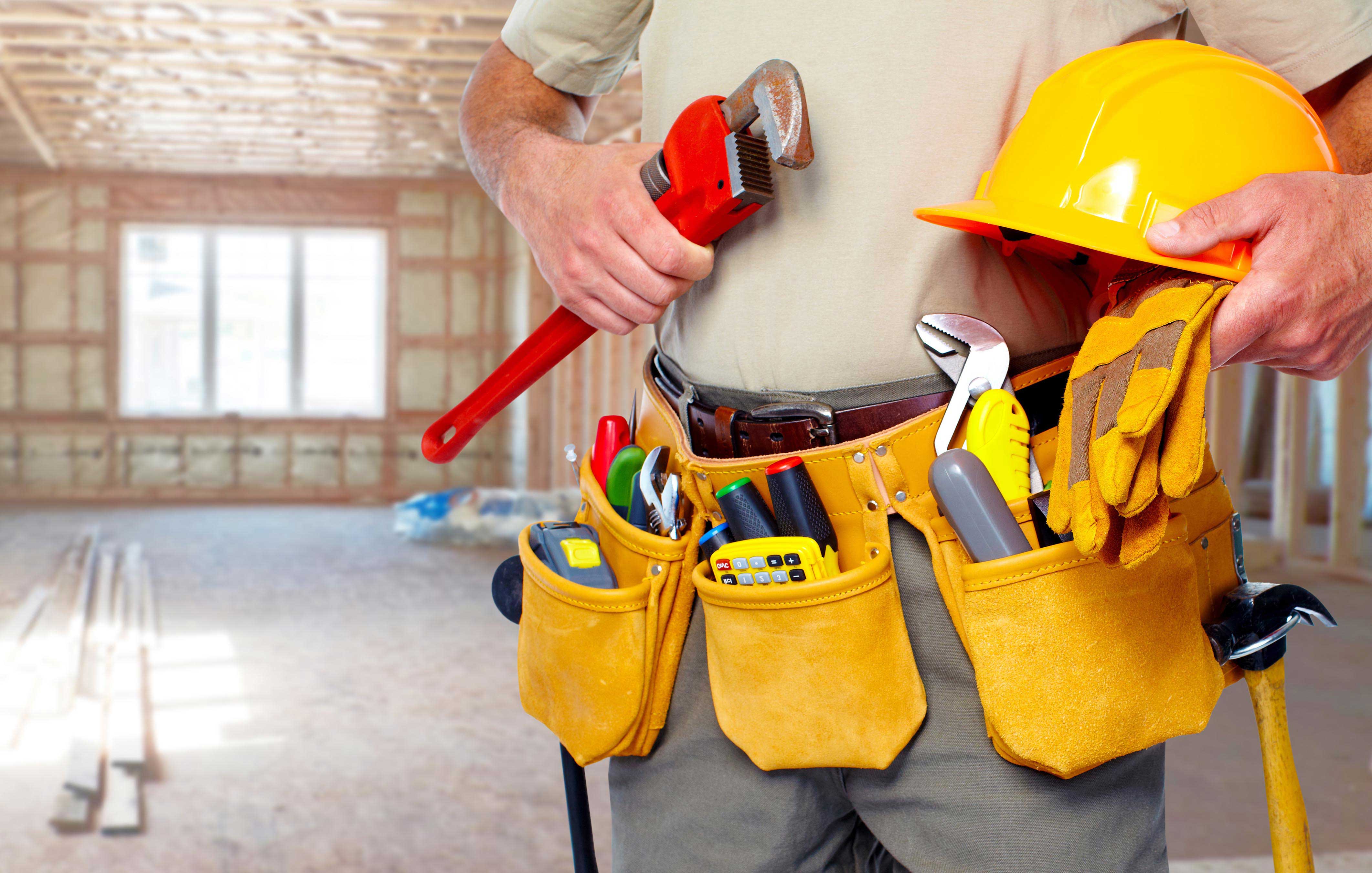With summer in full swing, now is the time for many homeowners to get cracking with their outdoor projects but not all of them have fully considered the health and safety risks that come with their DIY pursuits. No matter if you just need to give your window frames a new lick of paint, or you've got a major landscaping job on the cards for your back garden, safety should always be on your mind. Here are our tips for keeping nasty outdoor accidents at bay.
Know How to Handle a Ladder
Many outdoor projects such as clearing out gutters, painting your home's exterior or trimming back trees will require you to work at height, so you absolutely must get to grips with some ladder health and safety basics.
- Check the ladder is in good condition before EVERY use.
- Never lean ladders on glass, gutters or windowsills - only walls will give you adequate support.
- Place the ladder on a firm, level surface - wooden boards are handy if you need to place the ladder on soft ground.
- Don't juggle tools as you make your way up the ladder - use a tool belt and maintain three points of contact at all times.
- Always face forwards when working, and keep both feet on the same rung to avoid toppling.
If you don't feel confident working at height with just a ladder to support you (we don't blame you!) or you need to have both hands free and the ability to twist, turn and lean as you work, it could be worth hiring a small access platform for the duration of your outdoor project instead. You'll be significantly safer and won't be as physically restrained, meaning that you can get stuck into your project!
Browse Plantool’s range of Access Platforms.
Don't Overdo the Physical Labour
Major outdoor projects like landscaping often require lots of ground clearance and preparation, which means one thing - back-breaking digging. Don't be a hero and gear yourself up for strenuous physical labour unnecessarily. You may think a few hours digging is great exercise but you can do some serious damage to your back if you overdo it. Assess the size of your project carefully and be prepared to hire the appropriate equipment, such as a rotovator or digger.
Make Sure the Weather is On Your Side
Nobody really likes to work outdoors when it's pouring with rain or freezing cold, but there's another reason why you should pay close attention to the forecast before starting your outdoor DIY. Very wet, cold, windy or even hot conditions can significantly increase the risk of accidents.
- Consider the ground you'll be working on: will it become slippery when wet or icy? If so, you may want to put the project on hold until you have drier conditions to avoid the risk of slips and falls.
- If you're working at height, will you be dealing with severe winds or storms? Falling from great height is obviously not a prospect you want to be addressing, so don't take the risk if you think it's too blustery.
- Will you be in the sun when doing a significant amount of physical labour? It may seem pleasant to work in warm weather but excessive heat can cause dehydration, sunstroke and migraines, all of which can lead to you dropping heavy items, using dangerous machinery incorrectly, or collapsing. If you must work in hot weather, be sure to drink plenty of water, take regular breaks in the shade and wear sunscreen.

Tell Someone What You're Doing
If you're planning on working on your landscaping or outdoor project alone, it's wise to tell someone where you are and what you're doing and be sure to let them know, regularly, that you're safe and well. If an accident does happen and you're unable to call for help, those who know what you've been up to will be more likely to pop round to check on you and get you the help that you need. If possible, try to keep a mobile phone on you at all times so that if you do have an accident, you can raise the alarm as quickly as possible.
Always Wear Protection
If you're planning on using any cutting or grinding equipment (something which you may well do during landscaping if you're working on paved areas), be sure to wear a mask to minimise the amount of dust you breathe in. If you're dealing with heavy items or machinery, wear steel toe-capped boots to prevent injuries to your feet - if you have ever stubbed your toe then you’ll know that crushing them will be extremely painful! Working with panes of glass? Wear thick gloves and goggles.
To put it simply, always think about which parts of your body are most exposed and at risk when you start a new DIY activity and be sure to have the right protection available to minimise the chances of accidents and injuries. It's always better to be safe than sorry!
To find out more about Plantool’s safety training courses including IOSH and IPAF accreditations, visit our Training website.
Image Sources:
























































































































































































 Full range
Full range Plant Sales
Plant Sales Plant Hire
Plant Hire Careers at Plantool
Careers at Plantool



 Follow us @hirecentres
Follow us @hirecentres








